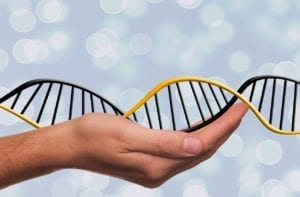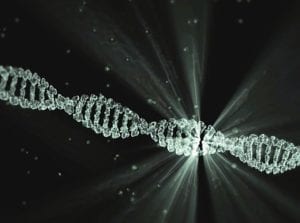For months, those within the rare disease community have been watching to see whether Upstaza (eladocagene exuparvovec) would be approved for use within the European Union. In fact, in May 2022, the European Medicines Agency (EMA) even adopted a positive opinion regarding its approval. Now, a July 20th news release from biopharmaceutical company PTC Therapeutics, Inc. (“PTC”) shares that the therapy was granted marketing authorization by the European Commission (EC) for those with aromatic l-amino acid decarboxylase (AADC) deficiency.
Upstaza: An Overview
In 2020, the National Institute for Health and Care Research Innovation Observatory (NIHRIO) explained that Upstaza (eladocagene exuparvovec) is:
a type of gene replacement therapy [injected via a surgical procedure into an area of the brain called the putamen] which involves the transfer of the gene encoding the production of an enzyme needed…for the formation of dopamine and serotonin. By increasing production of the AADC-enzyme, this therapy increases dopamine production in the target area of the brain and improves motor and cognitive symptoms in patients.
The approval of Upstaza is particularly important given that it fills a huge unmet need within the AADC patient community. Upstaza is the first approved disease-modifying therapy within this space. This therapy can be administered to patients aged 1.5 years or older. Studies have shown numerous benefits of Upstaza. The therapy safe, effective, and well-tolerated, and it has also been shown to reduce symptoms, improve neurological function, and help patients reach developmental milestones. While the treatment is safe, some adverse reactions did occur. These included insomnia, involuntary muscle movements, and irritability.
What is AADC Deficiency?
Aromatic l-amino acid decarboxylase (AADC) deficiency is an ultra-rare genetic disorder which affects the way neurons and cells in the nervous system communicate. Caused by DDC gene mutations, those with this disorder have decreased l-amino acid decarboxylase (a type of enzyme) activity. Normally, this enzyme helps produce and synthesize neurotransmitters. However, the gene mutations cause neurotransmitter deficiency, affecting dopamine, serotonin, epinephrine, and norepinephrine. Typically, symptoms and characteristics manifest within the first year of life. Unfortunately, AADC deficiency often significantly shortens lifespan. It is often fatal in childhood, although those with mild symptoms may live into adulthood.
AADC deficiency is a variable condition, meaning symptoms and severity vary between patients. Some symptoms and characteristics may include:
- Developmental delays
- Diarrhea or constipation
- Nasal congestion
- Excessive sweating
- Drooping eyelids
- Failure to thrive
- Low blood pressure
- Low muscle tone, particularly in the trunk
- Oculogyric crises (uncontrollable head/neck movements, muscle spasms, eyeball and gaze deviation, irritability)
- Decreased movement
- Dystonia
- Increased muscle tone in the limbs
- Decreased or increased reflexes
- Behavioral issues
- Seizures








